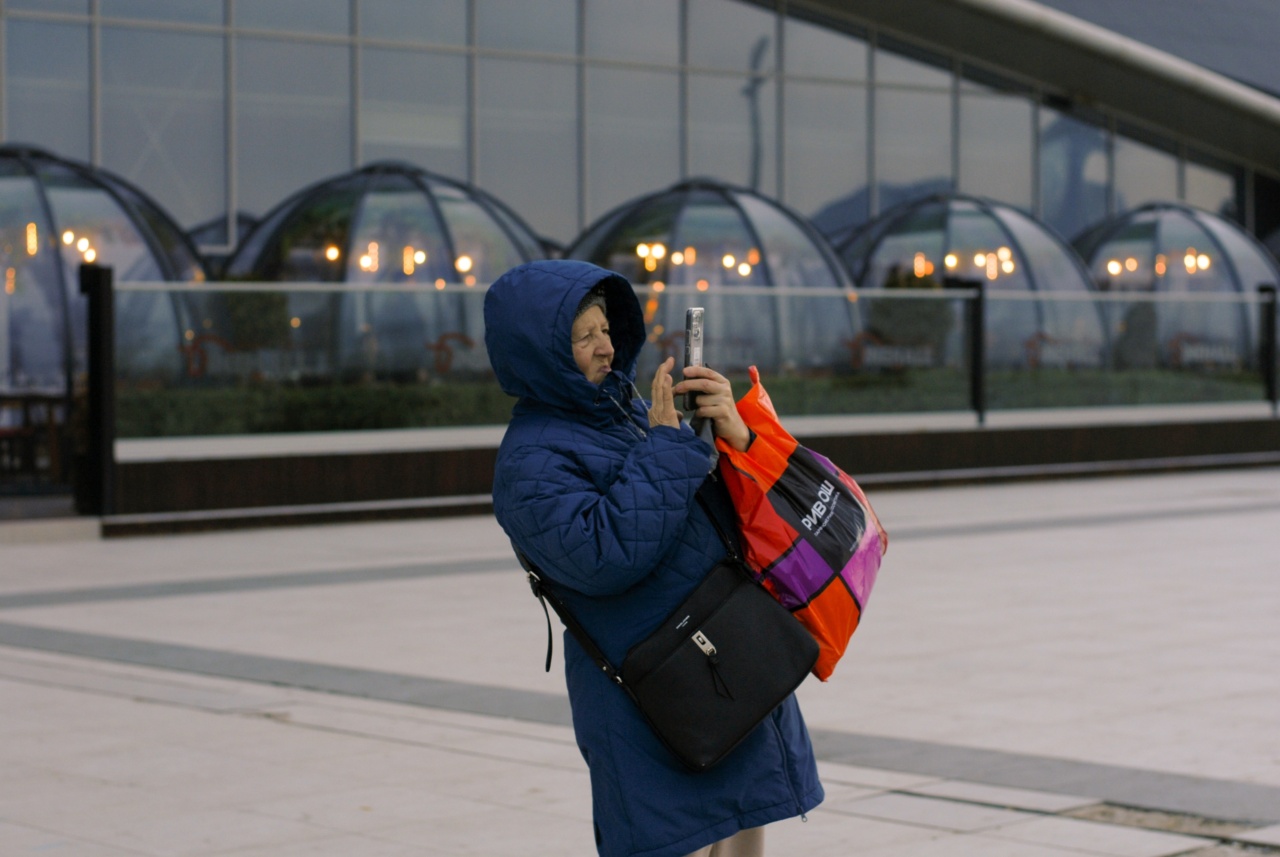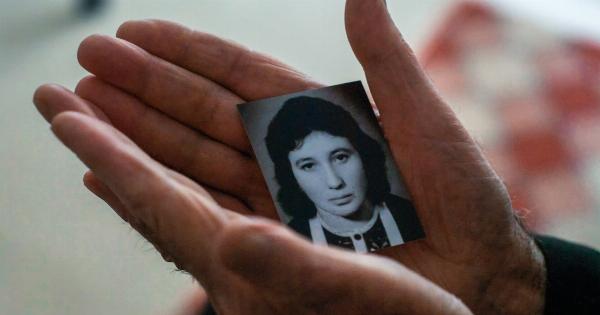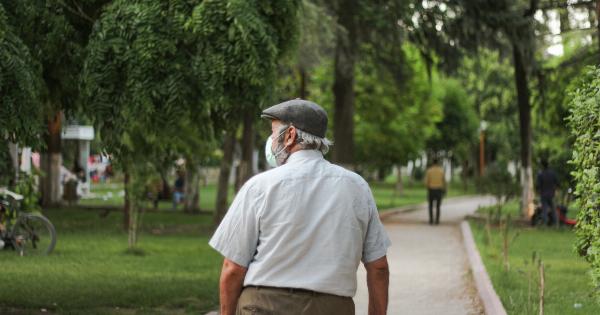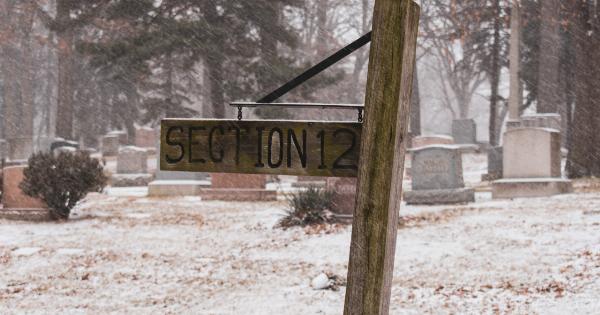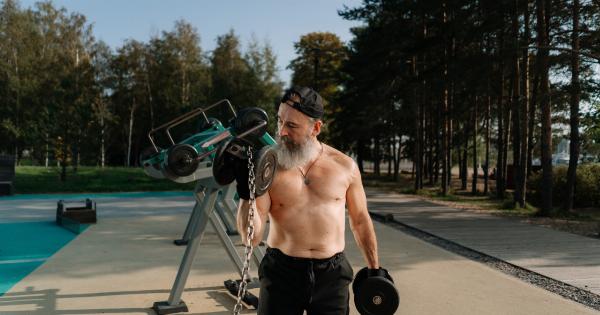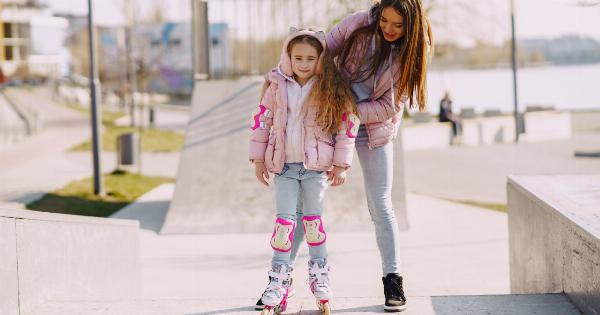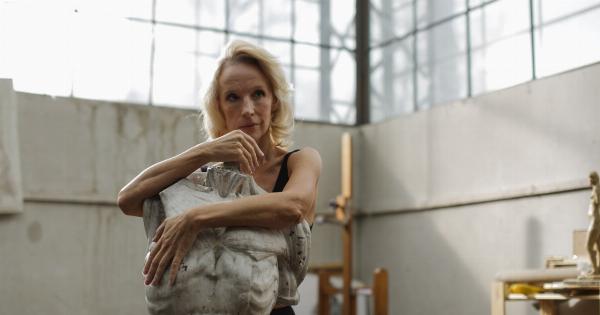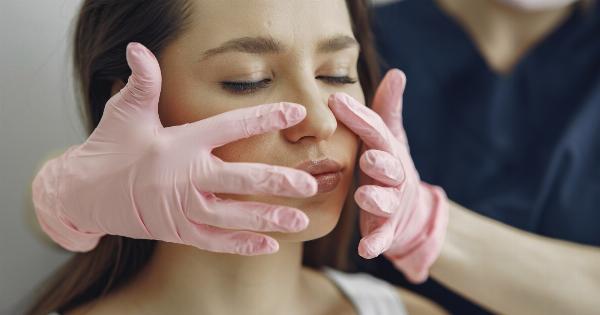Osteoporosis is a disease that weakens bones and increases the risk of fractures. It is a silent disease that progresses without noticeable symptoms, and it affects millions of people around the world.
One of the most vulnerable groups to this disease is the elderly, and it is estimated that more than 53 million people in the United States alone are at risk of developing osteoporosis.
What is Osteoporosis?
Osteoporosis is a disease that progresses silently, weakening bones over time, and putting patients at a higher risk of fractures. The disease occurs when bones lose minerals faster than they are replaced, causing them to become weak and brittle.
The result can be devastating fractures, which can lead to disability, reduced mobility and independence, and sometimes even death.
The Prevalence of Osteoporosis in the Elderly
Osteoporosis is a disease that affects people of all ages, but it is more common in the elderly.
According to the National Osteoporosis Foundation, around 10 million Americans over the age of 50 have osteoporosis, and another 44 million have low bone mass, which puts them at risk of developing the disease.
The risk of osteoporosis increases with age, and women are more likely to develop the disease than men. The reason for this is that women have less bone mass than men, and they lose it faster in the years following menopause.
In addition, hormonal changes during menopause can affect bone density, making women more vulnerable to fractures.
Other risk factors for osteoporosis include a family history of the disease, a sedentary lifestyle, smoking, excessive alcohol intake, and certain medications such as corticosteroids.
How Osteoporosis Affects the Elderly
Osteoporosis can have a significant impact on the lives of the elderly. The disease weakens bones, making them more fragile and susceptible to fractures.
Simple activities such as walking or standing up can become a challenge, and even minor falls can result in a fracture. Fractures caused by osteoporosis can be severe, and they can take a long time to heal. In some cases, they can lead to permanent disability, reduced mobility, and a loss of independence.
Another consequence of osteoporosis in the elderly is a reduced quality of life. The disease can cause chronic pain, which can be debilitating and can affect a person’s ability to carry out daily activities.
In addition, osteoporosis can increase the risk of depression and anxiety, which can contribute to a decline in overall health and wellbeing.
Preventing Osteoporosis in the Elderly
Although osteoporosis is a common and serious disease, there are steps that can be taken to prevent it from occurring.
The first step is to maintain a healthy lifestyle, which includes eating a balanced diet rich in calcium and vitamin D, getting regular exercise, and avoiding smoking and excessive alcohol consumption.
Certain medications can also be prescribed to prevent or treat osteoporosis. These medications work by slowing down bone loss or by increasing bone density. Examples of these medications include bisphosphonates, hormone therapy, and denosumab.
Regular screening for osteoporosis is also essential, especially in the elderly. Bone density tests can help identify those who are at risk of developing the disease and can help monitor the progression of the disease in those who already have it.
Early detection is key to preventing fractures and other complications of osteoporosis.
Treating Osteoporosis in the Elderly
For those who already have osteoporosis, there are several treatments available that can help prevent fractures and improve bone health.
These include medications that slow down bone loss or increase bone density, as well as lifestyle changes such as regular exercise and a balanced diet rich in calcium and vitamin D.
In some cases, surgery may be necessary to treat fractures caused by osteoporosis. The aim of surgery is to stabilize the bone and prevent further damage, allowing the patient to recover and regain mobility.
The Importance of Fall Prevention in the Elderly
Preventing falls is an important aspect of managing osteoporosis in the elderly. Falls can cause fractures, which can be severe and lead to long-term disability and reduced quality of life.
To prevent falls, it is important to maintain a safe and clutter-free environment, use assistive devices such as handrails and grab bars, and to keep floors dry and free from obstacles. Regular exercise and physical therapy can also help improve balance and coordination, reducing the risk of falls.
Conclusion
Osteoporosis is a serious disease that affects millions of people around the world, especially the elderly. The disease can lead to severe fractures and a reduced quality of life.
However, with proper prevention and treatment, the risk of developing osteoporosis can be reduced, and the impact of the disease can be minimized. By maintaining a healthy lifestyle, getting regular screenings, and preventing falls, the elderly can lead a healthy and independent life even in the face of osteoporosis.
